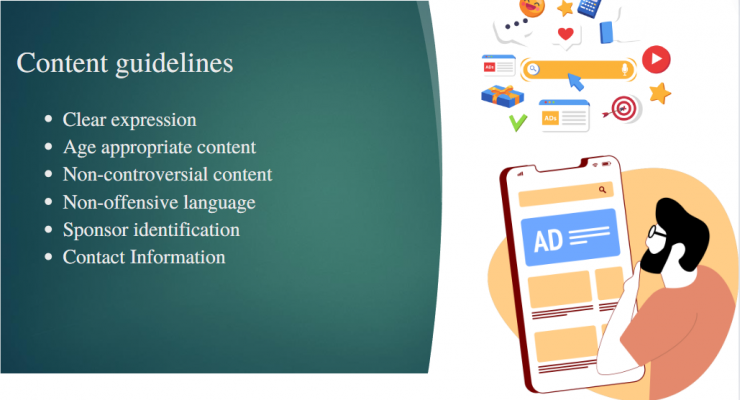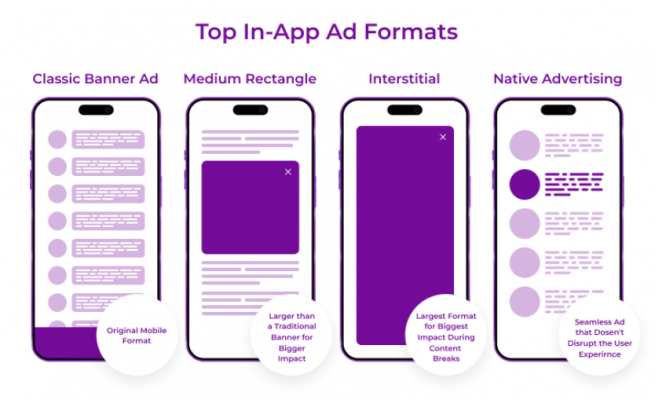The Growing Power of Mobile Advertising
Mobile advertising has revolutionized the way brands connect with consumers. As smartphones become indispensable to our daily lives, they serve as personal entertainment hubs, shopping tools, navigation systems, and advertising platforms. The use of mobile ads allows businesses to reach consumers in real-time, delivering personalized and timely messages directly to their devices. In this article, we will explore what mobile ads are, their advantages and challenges, and how businesses can utilize them effectively to engage their audience.
What is Mobile Advertising?
Mobile advertising refers to any form of advertisement that is displayed on mobile devices like smartphones and tablets. The advertisements can take many forms, including:
- SMS and MMS Advertising: These forms of advertising are sent directly to a user’s phone via text or multimedia messages. While SMS ads are limited to text, MMS ads can include images, videos, and even interactive elements, making them more engaging.
- In-App Ads: These are one of the most common forms of mobile advertising. Users encounter ads while using mobile applications. For instance, rewarded video ads are popular in mobile gaming, where users watch an ad in exchange for in-game rewards.
- Banner Ads: Mobile banner ads appear on websites or apps in the form of static images or animations. These ads often appear at the top or bottom of the screen and are typically clickable, directing users to a specific landing page.
- Location-Based Advertising (LBA): LBA is a form of mobile advertising that uses a user’s location to deliver relevant ads. For example, a restaurant can send a promotional offer to users when they are nearby, encouraging foot traffic and immediate action.
- Search Ads: Search ads appear in the results when users search for products or services on their mobile devices. These ads are typically pay-per-click (PPC), meaning the advertiser only pays when a user clicks on the ad.
Mobile ads have a unique advantage because they can target users based on their location, behavior, and even previous searches, creating a personalized experience. Mobile ads also boast a higher click-through rate (CTR), significantly higher than traditional desktop ads.
The Benefits of Mobile Advertising
Mobile ads provide a range of benefits that can enhance the effectiveness of a marketing strategy:
- Real-Time Engagement: One of the major advantages of mobile advertising is its ability to reach users in real-time. For instance, location-based ads can target users as they walk near a store, prompting them to visit or make a purchase.
- Personalization: Mobile ads allow businesses to personalize their marketing messages by leveraging user data such as browsing history, location, and previous interactions with the brand. This ensures that the ads are relevant and timely to the right target audience, increasing conversion chances.
- Targeted Advertising: With mobile devices, advertisers can easily target specific user groups based on location, demographics, or interests. For example, geotargeting enables brands to send location-specific offers or promotions to nearby users, increasing the likelihood of immediate action.
- Higher Engagement: Mobile ads, especially in-app advertisements, are highly engaging. Users are often immersed in apps or games, making them more receptive to ads. Additionally, interactive mobile ads, such as playable game ads, enhance user experience and create memorable brand interactions.
- Cost Efficiency: Mobile advertising can be more cost-effective than other digital advertising forms. Given the ability to target ads more precisely, mobile campaigns often result in a better return on investment (ROI).
Challenges of Mobile Advertising

Despite its many benefits, mobile advertising also faces a few challenges:
- Privacy Concerns: Users view their smartphones as highly personal devices and unsolicited ads can feel invasive. For this reason, mobile advertisers need to ensure that ads do not violate users’ privacy by over-targeting them with personal information.
- Screen Size Limitations: Mobile devices have smaller screens, which can restrict the amount of information that can be conveyed in a single ad. This requires advertisers to keep their messaging clear, concise, and visually engaging.
- Intrusiveness: Mobile ads, especially pop-ups or unskippable in-app ads, can interrupt the user experience, leading to frustration. Ads that are perceived as too intrusive can harm the brand’s reputation.
Creative Considerations for Mobile Ads
Creating mobile ads requires careful attention to the unique characteristics of mobile devices. Here are a few creative considerations:
- Fast Loading Times: Mobile users expect quick load times, especially when on cellular networks. Ads should be optimized for fast loading to avoid frustrating users and losing potential customers.
- Clear and Concise Messaging: Due to the smaller screen size, mobile ads must deliver the key message quickly and effectively. Avoid long text blocks and focus on simple, impactful copy.
- Age-Appropriate Content: Ensure that the content of the ad is appropriate for the target audience. This is especially important in apps or platforms used by younger demographics.
- Mobile-First Design: Advertisers must prioritize mobile-first designs, ensuring that ads are optimized for small screens. This includes easy navigation, large clickable areas, and short scroll paths to create a seamless user experience.

Conclusion: Mastering Mobile Advertising
Mobile advertising is a powerful tool that allows brands to engage consumers in real-time and create personalized experiences. Businesses can reach their target audience more effectively by leveraging the advantages of mobile ads—such as geotargeting, real-time engagement, and personalized messaging. However, to succeed, marketers must navigate challenges such as privacy concerns and screen size limitations by creating clear, concise, and non-intrusive ads that enhance the user experience.
As mobile advertising continues to evolve with advancements like 5G and artificial intelligence (AI), brands that adapt quickly to these changes will stay ahead of the competition and continue to engage their customers in meaningful ways.
If you’re looking to leverage mobile advertising on Google, the platform offers a variety of formats and tools that allow businesses to reach mobile users effectively. Google Ads provides options that are optimized for mobile devices. For further details, refer to this official Google Mobile Ads guide.

